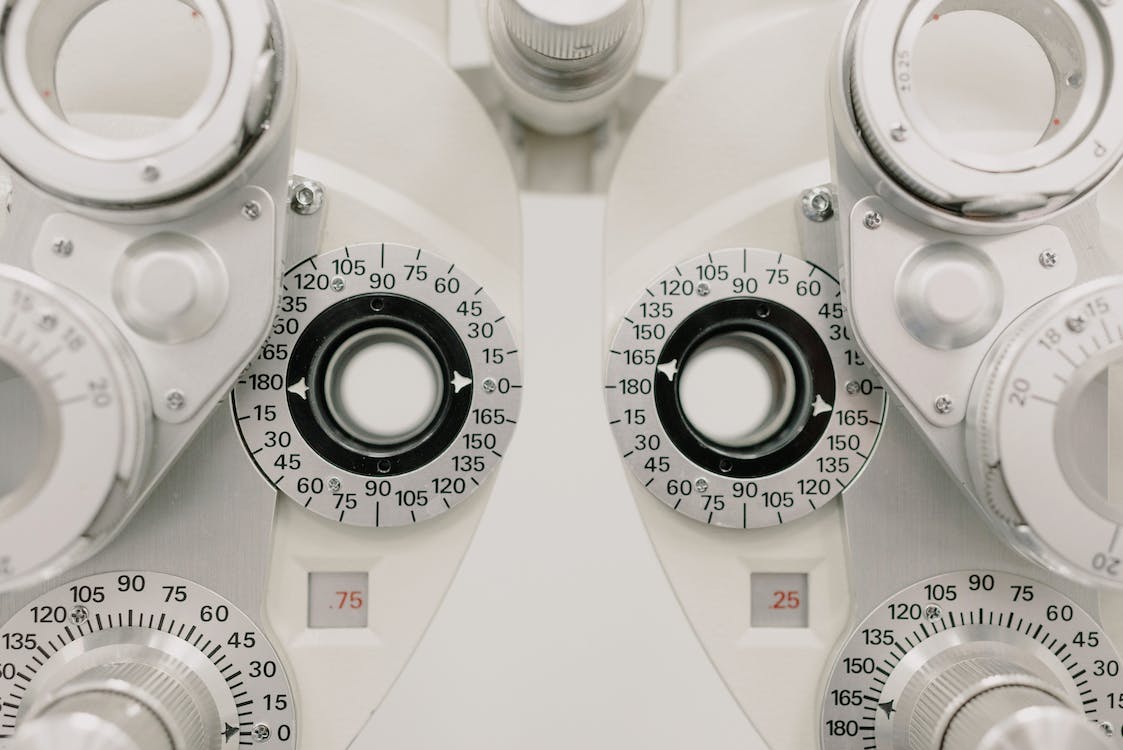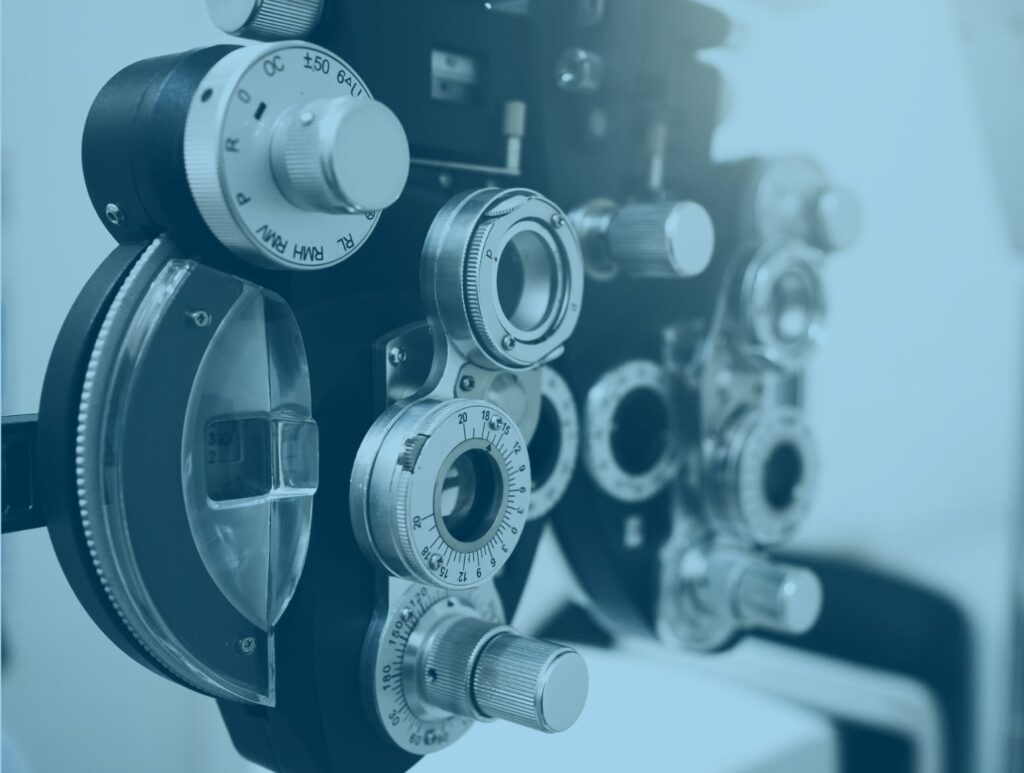All Categories
Featured
Laser eye surgical treatment has transformed vision correction, using countless people an alternative to glasses and get in touch with lenses. For many years, advancements in modern technology and strategies have considerably improved the safety, accuracy, and outcomes of these treatments. Allow's explore the cutting-edge developments forming the future of laser eye surgical procedure.
One of the most revolutionary developments is wavefront-guided LASIK. This innovation makes use of in-depth 3D mapping of the eye to identify unique flaws in a person's vision.
![]()
Unlike LASIK, which involves developing a corneal flap, SMILE just needs a small laceration to remove a thin layer of tissue (lenticule) from the cornea. This technique maintains corneal strength and decreases the danger of dry eyes.
![]()
The introduction of femtosecond lasers has revolutionized corneal surgery. These ultra-fast lasers run with amazing accuracy, enabling surgeons to produce smoother and much more predictable lacerations. In LASIK procedures, femtosecond lasers are used to develop the corneal flap with unmatched accuracy, lessening issues and enhancing recuperation times.
Topography-guided laser therapies concentrate on dealing with abnormalities in the corneal surface. This advancement is especially useful for patients with corneal marks or uneven astigmatism. By producing a much more uniform corneal shape, topography-guided treatments can improve both vision top quality and patient complete satisfaction.
Artificial intelligence (AI) is significantly being incorporated into laser eye surgical procedure. AI-driven formulas assess huge amounts of information to aid specialists in preparation and executing procedures with better precision. This modern technology ensures ideal therapy parameters and reduces the chance of human error.
Many thanks to improvements in modern technology, even more individuals are currently qualified for laser eye surgical procedure. Methods like SMILE and topography-guided therapies make it feasible to treat people with conditions that were previously considered contraindications, such as high refractive mistakes or thin corneas.
Modern laser eye surgical procedure methods prioritize client convenience and quicker healing. Enhanced accuracy minimizes cells damages, decreasing inflammation and permitting individuals to return to their day-to-day activities within days.
While not a refractive surgical treatment in itself, corneal cross-linking has actually become a necessary therapy for keratoconus patients. When combined with laser methods, it can stabilize the cornea and boost vision for those with this modern eye condition.
Conclusion
Developments in laser eye surgical procedure continue to press the limits of what's possible in vision adjustment. From customized treatments to AI-driven developments, these innovations are making surgical procedure much safer, a lot more reliable, and easily accessible to a larger variety of patients. If you're considering laser eye surgical treatment, talk to a certified ophthalmologist to learn exactly how these innovations can benefit your particular needs and lifestyle.
- Customized Wavefront-Guided LASIK
One of the most revolutionary developments is wavefront-guided LASIK. This innovation makes use of in-depth 3D mapping of the eye to identify unique flaws in a person's vision.
- SMILE: Small Laceration Lenticule Extraction

Unlike LASIK, which involves developing a corneal flap, SMILE just needs a small laceration to remove a thin layer of tissue (lenticule) from the cornea. This technique maintains corneal strength and decreases the danger of dry eyes.
- Femtosecond Laser Innovation

The introduction of femtosecond lasers has revolutionized corneal surgery. These ultra-fast lasers run with amazing accuracy, enabling surgeons to produce smoother and much more predictable lacerations. In LASIK procedures, femtosecond lasers are used to develop the corneal flap with unmatched accuracy, lessening issues and enhancing recuperation times.
- Topography-Guided Treatments
Topography-guided laser therapies concentrate on dealing with abnormalities in the corneal surface. This advancement is especially useful for patients with corneal marks or uneven astigmatism. By producing a much more uniform corneal shape, topography-guided treatments can improve both vision top quality and patient complete satisfaction.
- Expert System in Laser Surgical Procedure
Artificial intelligence (AI) is significantly being incorporated into laser eye surgical procedure. AI-driven formulas assess huge amounts of information to aid specialists in preparation and executing procedures with better precision. This modern technology ensures ideal therapy parameters and reduces the chance of human error.
- Enhanced Candidateship for Surgical Treatment
Many thanks to improvements in modern technology, even more individuals are currently qualified for laser eye surgical procedure. Methods like SMILE and topography-guided therapies make it feasible to treat people with conditions that were previously considered contraindications, such as high refractive mistakes or thin corneas.
- Faster Recovery Times
Modern laser eye surgical procedure methods prioritize client convenience and quicker healing. Enhanced accuracy minimizes cells damages, decreasing inflammation and permitting individuals to return to their day-to-day activities within days.
- Corneal Cross-Linking for Keratoconus
While not a refractive surgical treatment in itself, corneal cross-linking has actually become a necessary therapy for keratoconus patients. When combined with laser methods, it can stabilize the cornea and boost vision for those with this modern eye condition.
Conclusion
Developments in laser eye surgical procedure continue to press the limits of what's possible in vision adjustment. From customized treatments to AI-driven developments, these innovations are making surgical procedure much safer, a lot more reliable, and easily accessible to a larger variety of patients. If you're considering laser eye surgical treatment, talk to a certified ophthalmologist to learn exactly how these innovations can benefit your particular needs and lifestyle.
Latest Posts
Explore Oil Changes & More: Complete Auto Care Solutions from Montclare Auto Repair
Published May 29, 25
1 min read
Explore Oil Changes & More: Complete Repair Options from Montclare Auto Repair
Published May 25, 25
1 min read
Check Out Affordable Auto Repairs with Montclare’s Limited-Time Service Specials
Published May 22, 25
1 min read
More
Latest Posts
Explore Oil Changes & More: Complete Auto Care Solutions from Montclare Auto Repair
Published May 29, 25
1 min read
Explore Oil Changes & More: Complete Repair Options from Montclare Auto Repair
Published May 25, 25
1 min read
Check Out Affordable Auto Repairs with Montclare’s Limited-Time Service Specials
Published May 22, 25
1 min read